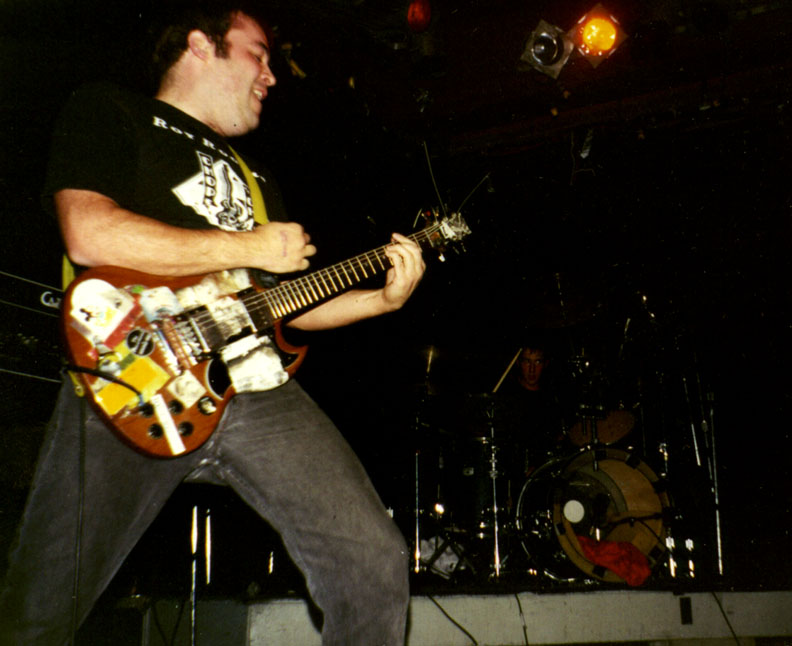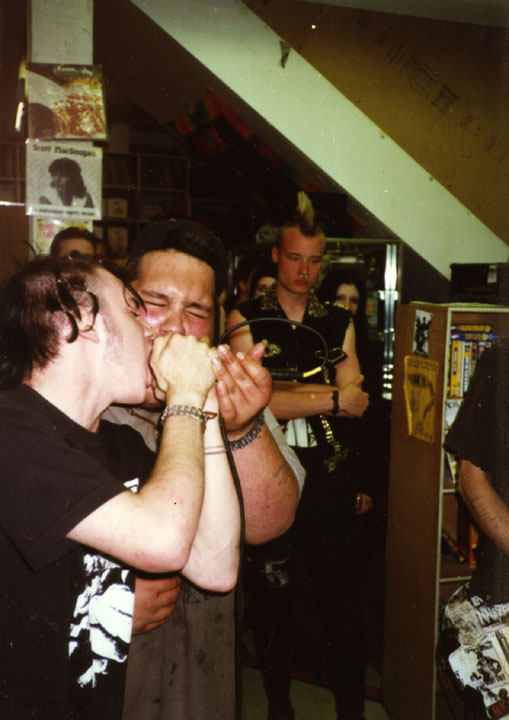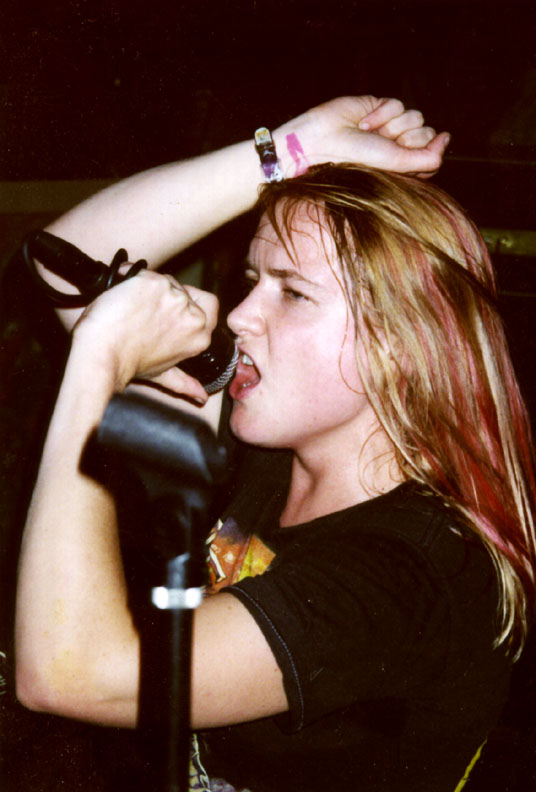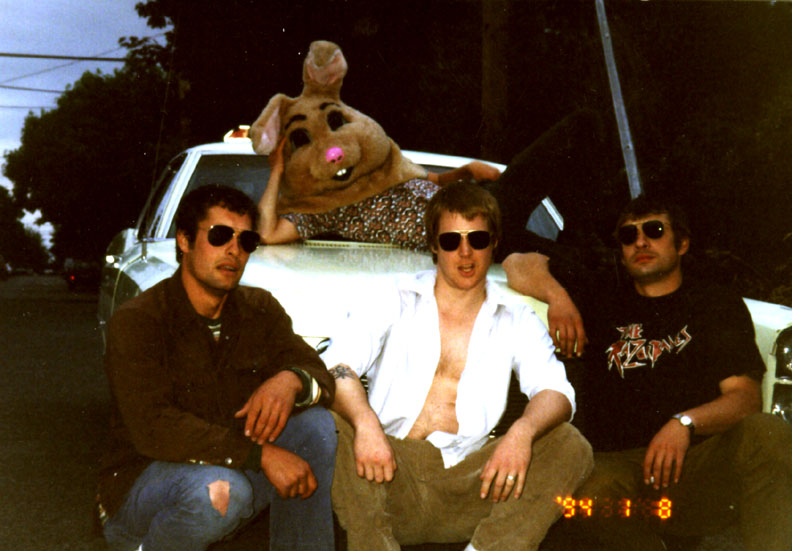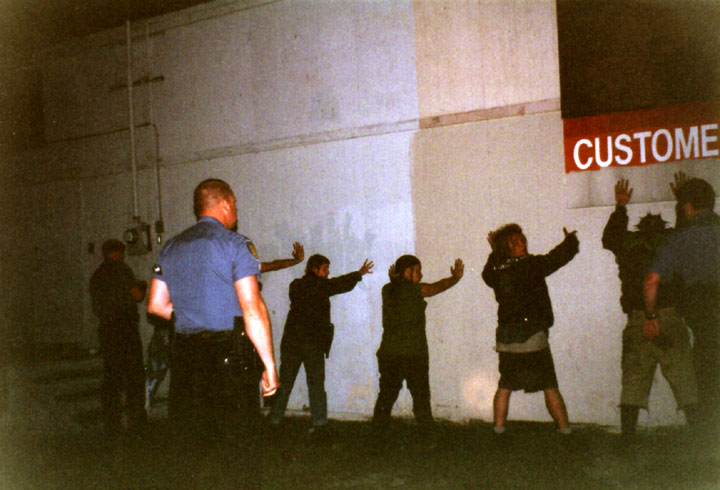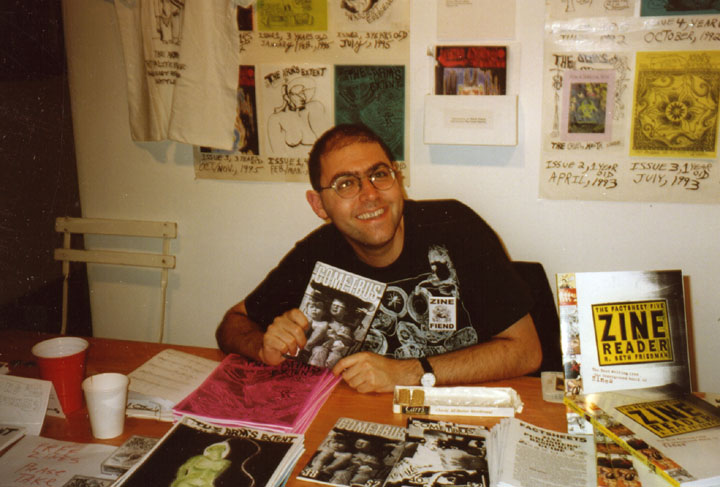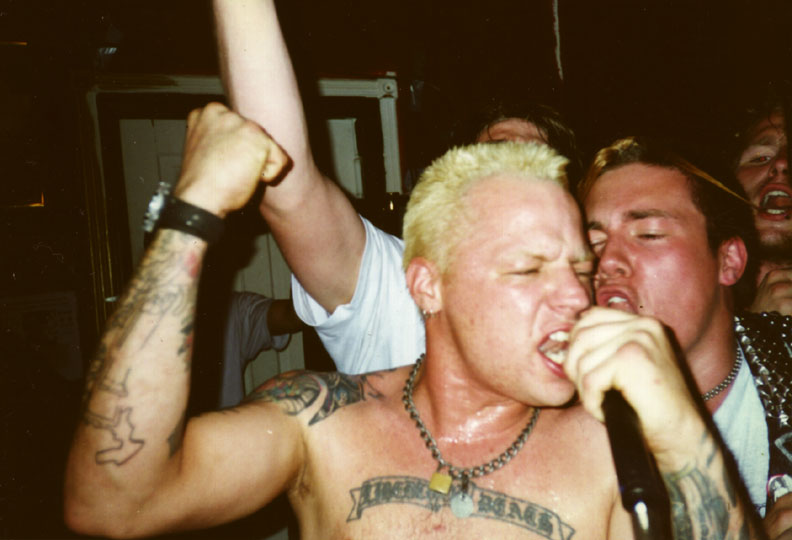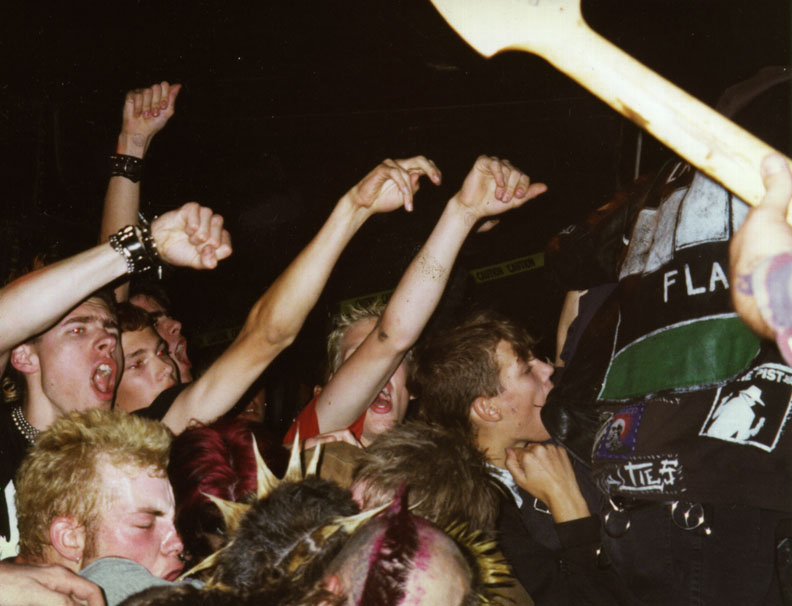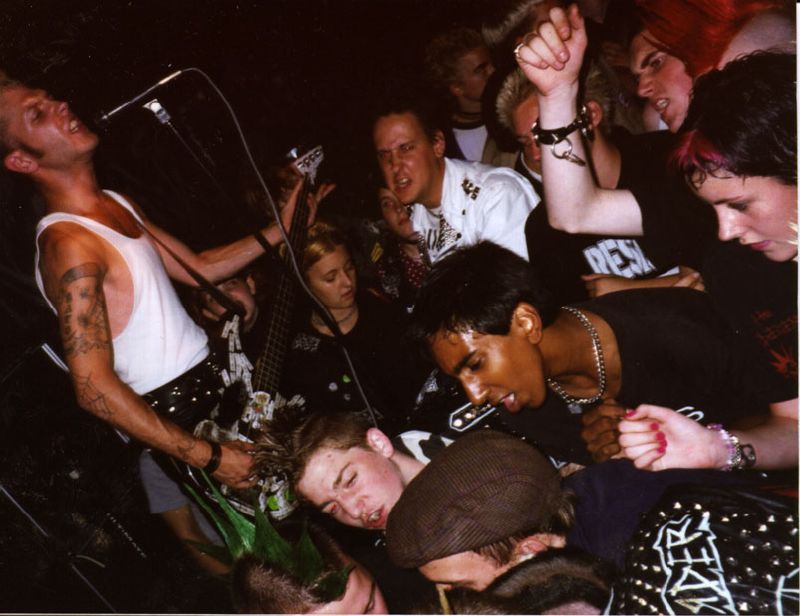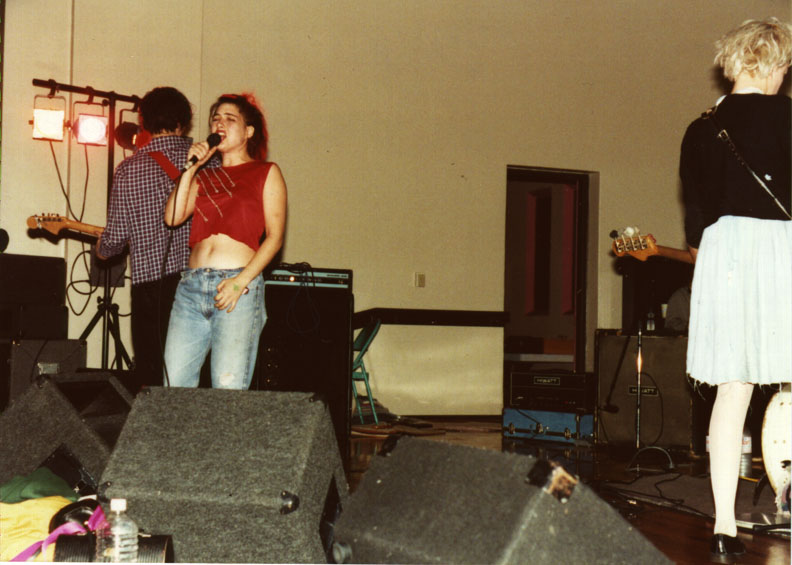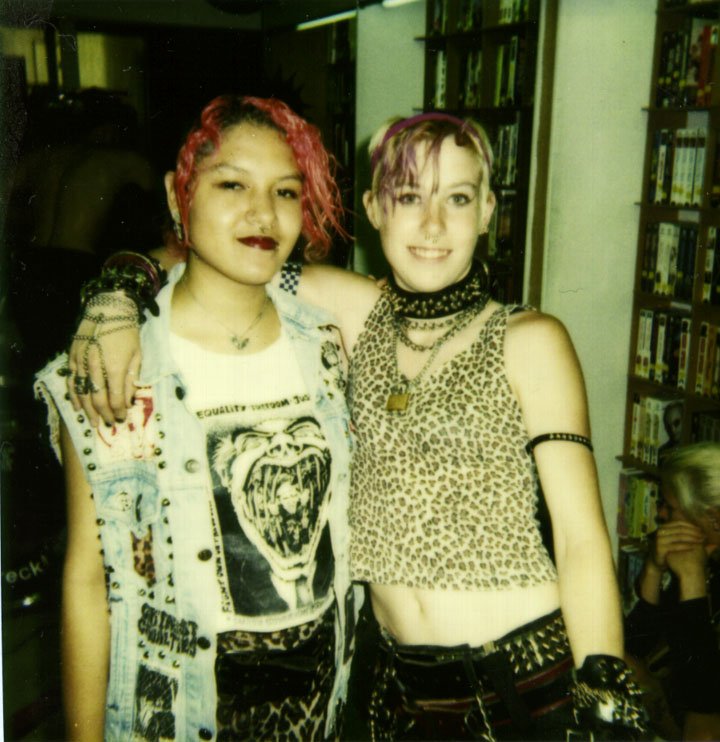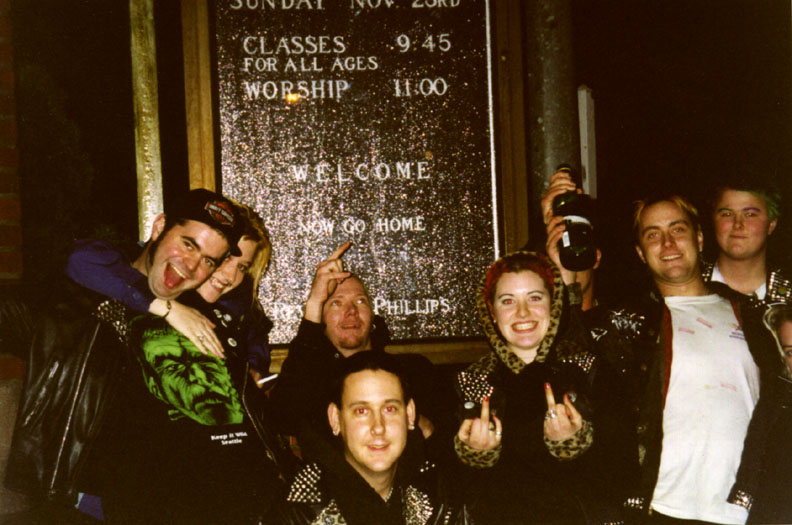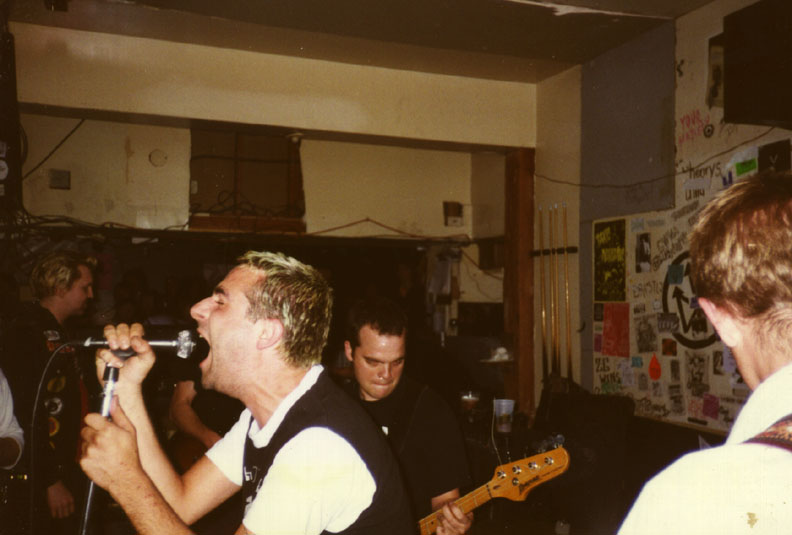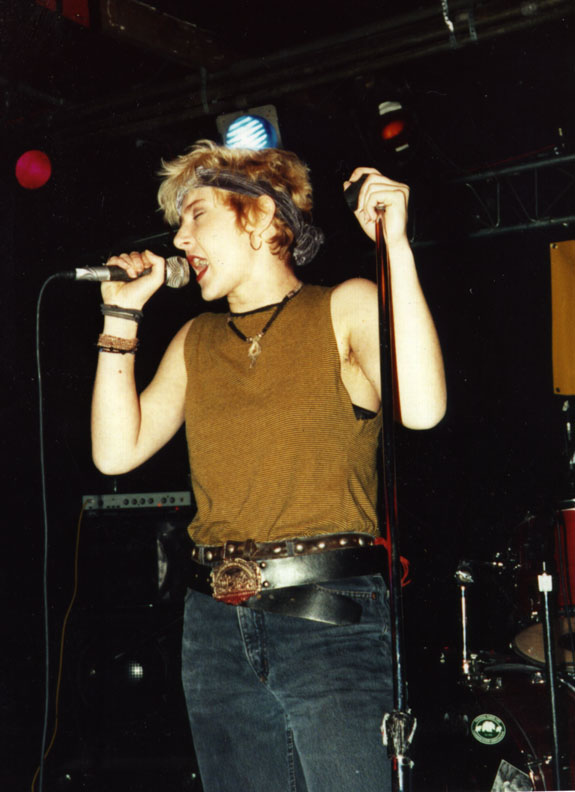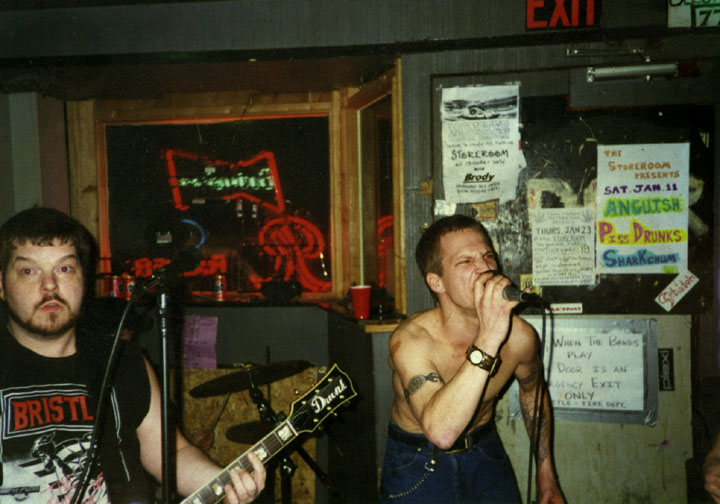 During the early '80s as a kid I totally fell in love with a Seattle radio station called KJET. Located at 1600AM and owned by the classic rock station KZOK, KJET was constantly trailblazing new alternative music for Seattle area music fans. They mostly played music that could be classified as new wave and college rock. Bands like Talking Heads, The Smiths, Joan Jet, The Dead Milkmen, Violent Femmes, Nick Lowe, UB-40, Joe Jackson, Oingo Boingo, The Police, The Replacements, Husker Du, The Cult, B-52s, Jonathan Richmond, The Lemonheads, etc. But they also played a fair amount of local bands and punk, from The Sex Pistols to The Dead Kennedys. KJET also aired special programs sometimes, like a long one on the early NYC punk scene that featured interviews with Television, Patty Smith and The Ramones. The station always seemed haphazardly run. Most of the shows were pre-recorded and sometimes the DJ bits and music tapes were off--you'd hear 5 songs and then the DJ would come on and say he just played completely different songs, which you might hear an hour later. But no matter how low-budget and low-fi AM sounding KJET was, it played great music and I absorbed it all as a kid. It's the first place I heard a lot of punk rock and new wave (and frankly it just had a more consistent format than KCMU/KEXP, which played a lot of world music that just wasn't cool to me as a kid). KJET also used to sponsor free live shows at the Seattle Center Mural Amphitheater, that's where I got the antenna ball in the photo, and I even remember going to a show they sponsored at a bowling alley in Bellevue that the Young Fresh Fellows played. The station was on the air from 1982 through September of 1988. KJET staff included Debbie Payne (who also DJed for KYYX & K-Rock), Mike Fuller, Mike "Beaver" Bell, Marshall Gooch, and Jim Keller (who later DJed for KNDD "The End").
During the early '80s as a kid I totally fell in love with a Seattle radio station called KJET. Located at 1600AM and owned by the classic rock station KZOK, KJET was constantly trailblazing new alternative music for Seattle area music fans. They mostly played music that could be classified as new wave and college rock. Bands like Talking Heads, The Smiths, Joan Jet, The Dead Milkmen, Violent Femmes, Nick Lowe, UB-40, Joe Jackson, Oingo Boingo, The Police, The Replacements, Husker Du, The Cult, B-52s, Jonathan Richmond, The Lemonheads, etc. But they also played a fair amount of local bands and punk, from The Sex Pistols to The Dead Kennedys. KJET also aired special programs sometimes, like a long one on the early NYC punk scene that featured interviews with Television, Patty Smith and The Ramones. The station always seemed haphazardly run. Most of the shows were pre-recorded and sometimes the DJ bits and music tapes were off--you'd hear 5 songs and then the DJ would come on and say he just played completely different songs, which you might hear an hour later. But no matter how low-budget and low-fi AM sounding KJET was, it played great music and I absorbed it all as a kid. It's the first place I heard a lot of punk rock and new wave (and frankly it just had a more consistent format than KCMU/KEXP, which played a lot of world music that just wasn't cool to me as a kid). KJET also used to sponsor free live shows at the Seattle Center Mural Amphitheater, that's where I got the antenna ball in the photo, and I even remember going to a show they sponsored at a bowling alley in Bellevue that the Young Fresh Fellows played. The station was on the air from 1982 through September of 1988. KJET staff included Debbie Payne (who also DJed for KYYX & K-Rock), Mike Fuller, Mike "Beaver" Bell, Marshall Gooch, and Jim Keller (who later DJed for KNDD "The End").From a 2002 interview with Jim Keller in the South County Journal:
For six hours a day, Keller was paid to sit in the production room making sure the tapes ran smoothly. "I would take my guitar into work and practice the whole time," said Keller. "I got pretty good." The timing couldn't have been better. While Keller sat in a back office jamming on his guitar, station owners were in search of a new face for their commercial AM station. Hoping to bring a younger demographic to its range of listeners, KZOK decided to switch from what Keller calls "an awful Barbara Streisand, Barry Manilow format," to KJET, a "New Wave" station with alternative appeal. Keller soon found himself promoted from lowly intern-status to program director of a radio station, a lucky break he chalks up to pure circumstance. "It was all about being at the right place at the right time," he said. "But they (KZOK owners) didn't understand what they were getting into."
Looking back now, Keller recognizes that the radio station he helped to create was truly revolutionary. "It was an amazing station because there were so few rules about what was alternative," he said. "We played Duran Duran, Ramones, the first rap stuff, African pop, Go-Go music out of Washington D.C., -- everything from California rock of the '70s to the Sex Pistols." Without a fully-developed "alternative music niche" to conform to, Keller and his fellow KJET staff of "radio brats" had very few rules about what they could or could not play. The upstart station at 1590 AM soon became one of the world's only voices for alternative music in all of its eclectic forms. Even for all its rebelliousness, KJET was one of the only stations that took the local music scene seriously. "We understood we were tapping into something," said Keller. "We were at the forefront of the creation of youth culture."
Together with KCMU, a local underground publication called The Rocket and the newly-founded SubPop Records, KJET played a pivotal role in creating a network of support for fledgling local music acts. At the time of its operation, from 1982 to 1988, KJET had a maximum of approximately 50,000 listeners, an audience considered small by today's standards. However, the unusual sound waves left lasting impressions. "
We were as taken aback by grunge as anyone," said Keller. "We were sold and signed off as that started to take off."
Amazingly, someone that taped a bunch of the the shows back in the day has put up a streaming KJET station online. If you are feeling nostalgic, check it out:
http://www.live365.com/stations/bleekswinney

